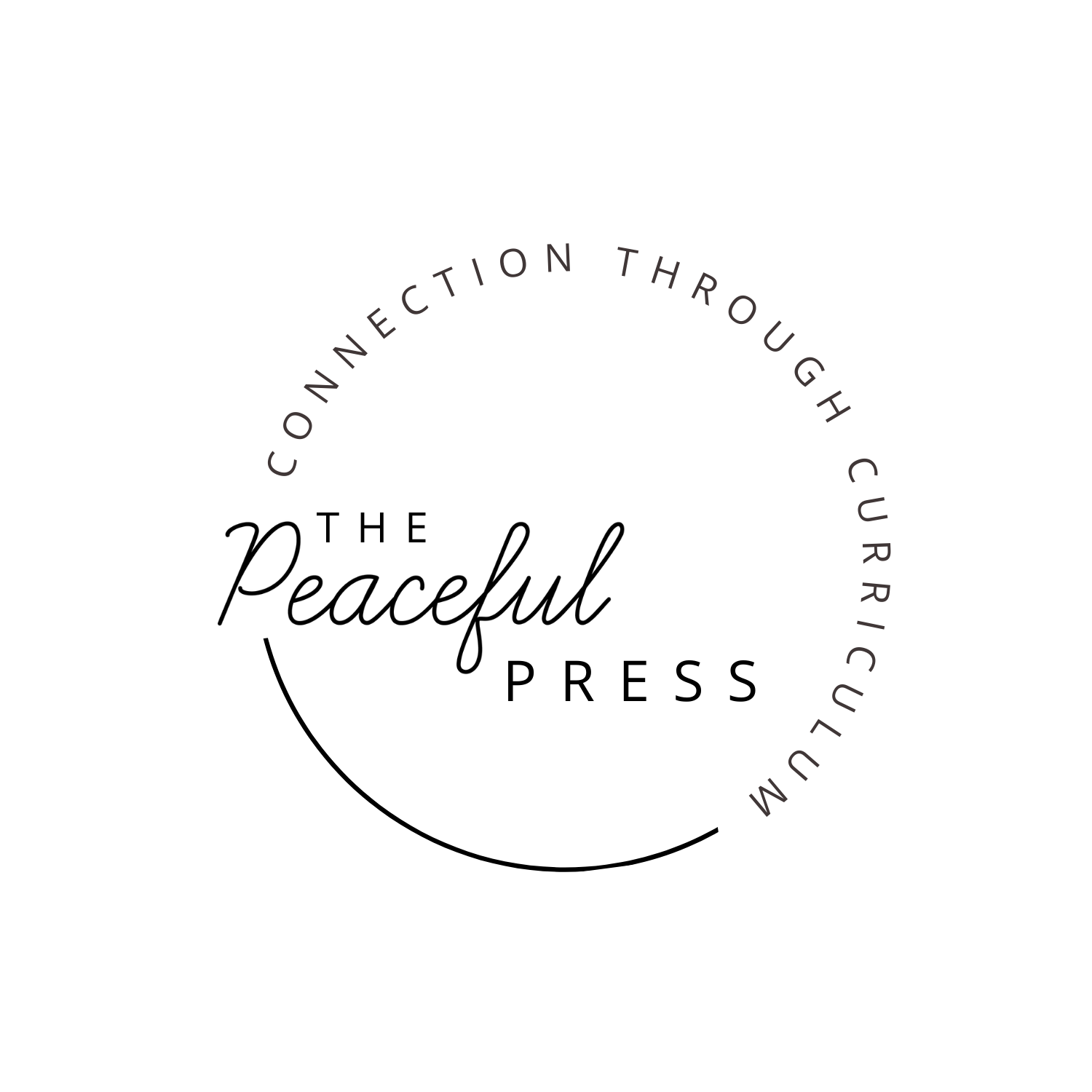The Importance of Nature Study
Nature study is a gift we give our children.
It's the gift of observation.
The gift of loving the unloved and seeing the unseen.
The gift of knowing the unknown.
When we spend time outdoors regularly our bodies thrive, our senses are no longer dulled, and we commune with creation in a way we simply cannot otherwise. Nature study positively impacts overall well being, while also sharpening skills necessary for the sciences and math.
We are so excited to share with you our newest resource, The Peaceful Press Nature Book Flood! Join us this year on an inspiring journey through 48 weeks of engaging nature stories, science experiments, nature crafts, art, poetry, Bible verses and more! This year round nature study is a wonderful all-ages guide for science and beauty subjects. You can enrich your homeschool and make joyful memories with your children with the Peaceful Press Nature Book Flood.
We also include science vocabulary cards, nature journal pages, nature walk suggestions, and science lab reports.
Studies show that when children spend time outside they experience better mental and physical health.
Nature Journaling will enrich your experiences and develop observation, curiosity, gratitude, reverence, memory, and the skills of a naturalist. It helps you discover, think, remember, and integrate new information with your existing knowledge. Train your mind, and the world will offer you its secrets of wonder and beauty. — John Muir Laws
Nature Journal Questions for Kids
What types of trees do you see? How can you tell them apart? Compare big and small trees.
Can you find leaves with different textures? How do they feel (soft, hard, smooth, pokie, thick, thin)?
What shapes and sizes are the leaves?
Compare big and small leaves.
Use a crayon and make leaf rubbings.
Why do you think some leaves are smooth while others are rough?
How many different colors of flowers can you find? Write a poem about flowers.
Can you label the anatomy of a flower (petal, stem, leaves, etc.)?
Do you notice any patterns in nature (flowers, leaves, trees, clouds, etc.)?
How many different types of birds can you spot?
What colors and patterns do the birds have?
Can you imitate the sound of a bird you hear?
What kinds of insects can you find under rocks or logs?
How do the insects move? Do they crawl, jump, or fly?
How are the insects interacting with each other? Do you see a lot of insects or just a few?
Do you see any animals or signs of animals (like tracks or nests)?
What creatures live in and around the pond?
Can you find any tadpoles or frogs? What stages of development are they in? Draw the lifecycle of a frog.
Do you notice any plants that grow in or around the water?
What shapes can you see in the clouds?
How do the clouds change throughout the day?
Can you predict the weather by looking at the clouds? Watercolor a picture of the weather.
What do plants and animals do when it rains? Write a story about animals in the rain.
How does the air smell and feel during and after the rain?
Can you find any litter around your area? How do you think it affects nature?
How can we help keep nature clean and healthy?
Nature Study Supplies
Travel watercoclors
Multi media paper or notebook
Prisma colored pencils
Magnifying glass
Pocket microscope
Foraging bag
Local nature guides
Tweezers
Small containers for collecting specimens
Nature Study Apps
Seek - plant and animal identification
Merlin Bird ID - bird ID and bird calls
Skyview - stars, constellations and the night sky in real time











